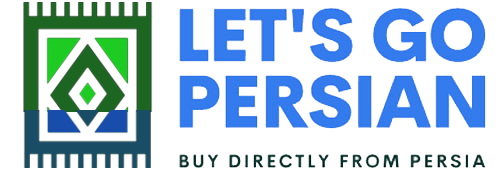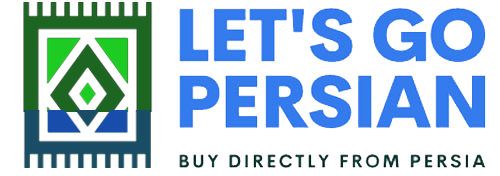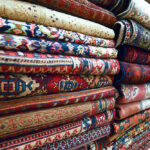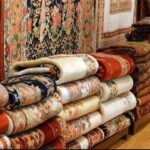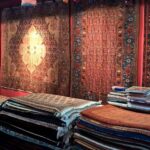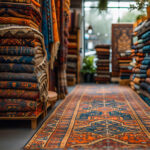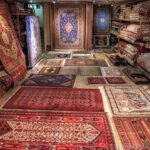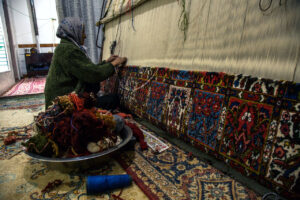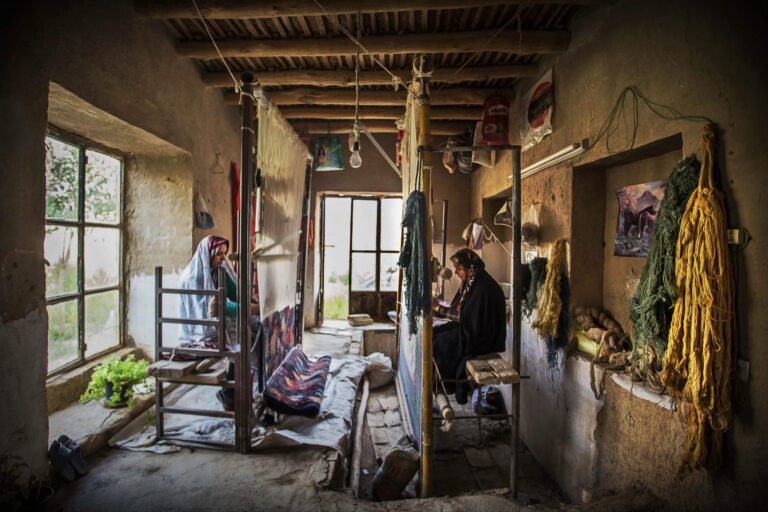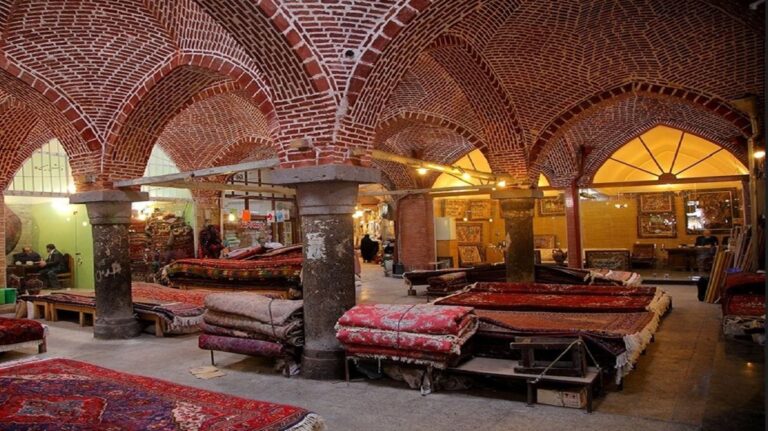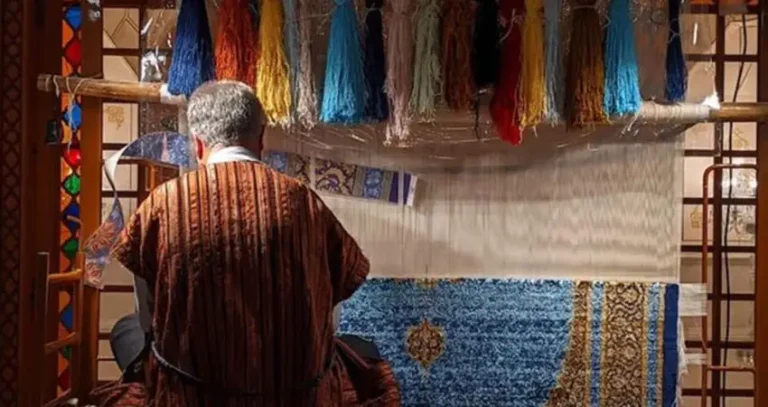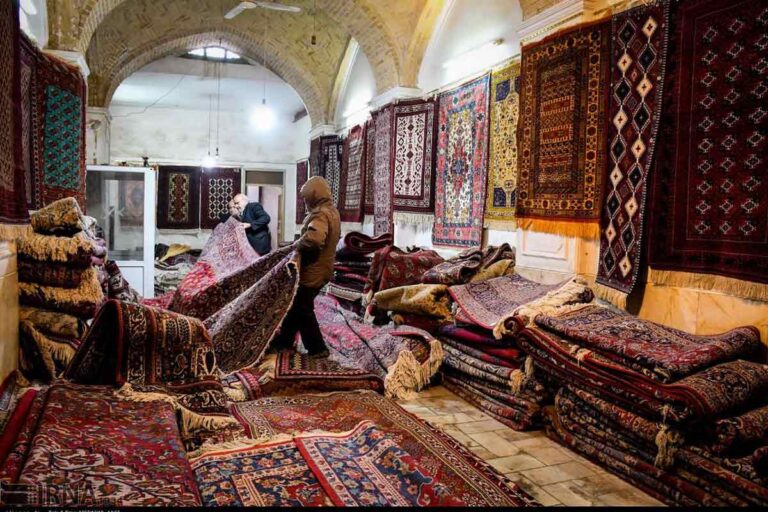How to Buy a Persian Carpet in Iran?
Where to Buy Persian Carpets in Iran
In a world where luxury goods are often overpriced and mass-produced, Persian carpets stand apart — handwoven, unique, and full of meaning. And in 2025, Iran remains the best place to buy them, not just for the cultural experience, but for the incredible value you get in return.
1. Handmade Luxury Without the Luxury Price Tag
In Iran, you can still buy a completely hand-knotted wool carpet — the kind that takes months to weave — for under $1,000. That same rug might be listed at $3,000–4,000 in Europe or the US. Why? Because you’re buying directly from the source, without galleries, middlemen, or export costs inflating the price.
Even silk carpets from cities like Qom or Isfahan, which can cost tens of thousands abroad, are available in Iran starting at $2,000–3,000 for small to medium pieces.
2. Lasts a Lifetime (Or More)
A quality Persian rug is not a trend — it’s an heirloom. With proper care, a hand-knotted rug can easily last 50 to 100 years. Some older rugs even appreciate in value, especially those with rare dyes, designs, or signatures from famous workshops.
Compare that to a designer handbag or watch that loses 20–30% of its value the moment you walk out of the store.
3. Each Carpet Is a Piece of Art
Unlike factory-made decor, each Persian carpet carries the mark of its weaver. The pattern may tell a story. The imperfections are intentional. You’re not just buying a floor covering — you’re bringing home a handmade work of art, rich with symbolism and cultural heritage.
Prices start around $300 for small tribal rugs and can go up to $20,000+ for large silk masterpieces. No two are exactly alike.
4. Supports Local Artisans and Traditions
When you buy a carpet in Iran, you’re directly supporting local families, village cooperatives, and city-based master weavers. It’s one of the rare luxury purchases where the money actually helps preserve centuries-old skills and sustains communities.
5. Easy to Export and Highly Collectible
Many people hesitate because they think it’s hard to take a rug out of Iran. But the truth is, as long as the carpet isn’t antique (over 100 years old), export is allowed. Most shops even help with packing, and some offer worldwide shipping.
Rugs are also a smart investment if you’re a collector — certain pieces from Qom, Tabriz, or Nain increase in value over time.
In short, if you’re looking for a meaningful purchase in Iran — something beautiful, practical, and lasting — a Persian carpet is hard to beat. Whether you’re furnishing a home or building a collection, it’s one of the few luxury items that still offers true value for money.
